A colleague of mine lent me his copy of the audiobook The Magnolia Story by Chip & Joanna Gaines & Mark Dagostino. If you aren’t familiar with Chip & Joanna Gaines they are a couple with a hit TV show on HGTV called Fixer Upper. I don’t watch a lot of TV but when I do the main things I watch are sports, HGTV, & Shark Tank. I am a fan of their show and enjoy seeing how they are able to take decrepit houses and rehab them in creative ways.
Chip & Joanna put on an entertaining show and you can tell that they truly enjoy the work they do together for their clients. The audio book is read by Chip & Joanna which is a really nice touch and highlights their journey to where they are today. It discusses the early struggles and how they fell into real estate and their HGTV show.
There are 3 things that I took away from their story that really resonated with me:
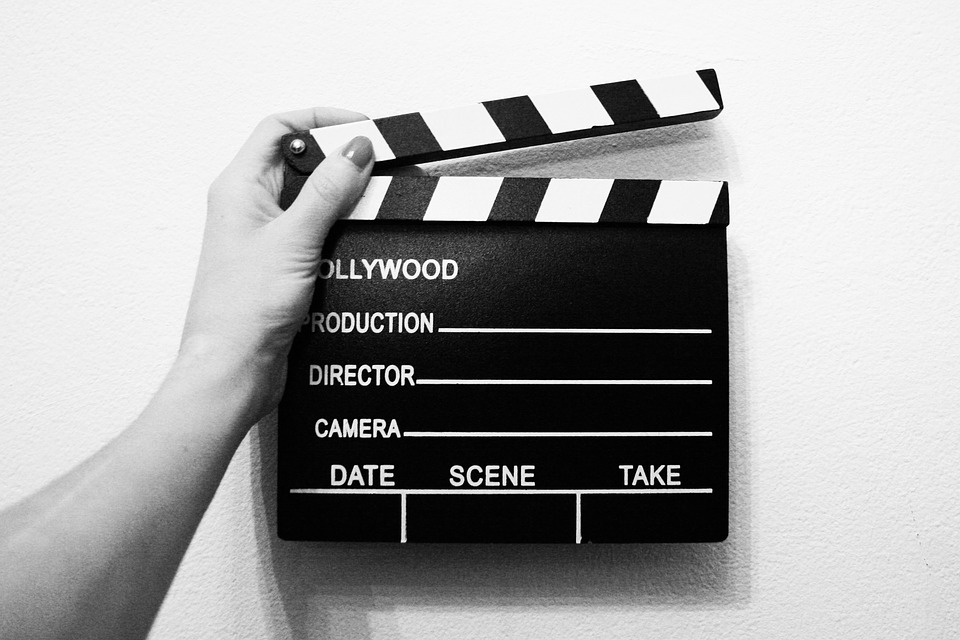
- …2…1… Action – One of the keys to their success and quick rise to fame on their network television show is their continuous action. Chip before meeting Joanna was a serial entrepreneur starting different businesses from lawn companies to flipping businesses. He continually hustled and took action always moving forward and learning from his mistakes. During the toughest times that Chip & Joanna faced during the downturn and housing crash, they continued to take action on a development project that they knew would be successful. With their drive to continue to ensure the project would stay on track and deliver for their employees and prospective customers, they were able to secure the funding they needed in order to ensure the project would continue and not go under when they were on the brink of financial ruin.
- Stay True to Yourself – What really stood out from this book was that throughout the ups and downs they faced in various businesses and projects they stayed true to themselves. What I mean is that they stayed true to their character throughout their journey and ultimately throughout their success. It’s been the same Chip & Joanna before the cameras showed up, during filming, and when they go home. Ultimately this aspect of being your true self-shone through and serves as an important reminder to everyone to be true to who you are no matter where you are in life. A major shift in circumstances shouldn’t be the catalyst to change who you are or for you to pretend to be something you are not. Being true to yourself no matter your situation is an important lesson in life.

- Hockey Stick Acceleration – the road to success wasn’t easy and there was a lot of hard work and determination that they went through. At the end, the couple discusses all of the wonderful things in their lives now that they have had this success and opportunities that have arisen. Chip makes a comment about how easy it has become relative to the early days when they were really grinding to make ends meet. This is a comment I have heard other successful people mention and we can see countless examples today. An obscure individual whether in business, TV, or sports spends years working extremely hard to achieve success and when they finally do “make it” tremendous opportunities open up more easily. People recognize their accomplishment and want to be a part of it. It is a great reminder that success is a long game, not something that happens over night. The long hours and sleepless nights you have for years will pay handsome dividends in the future. Stay focused, stay determined, and work hard because good things will come to those who cultivate the climate for success.
Those were the 3 main pieces I took away from the audio book. This was the first audio book I had read in a long time and it was very enjoyable to listen to and from work. One drawback is it is a bit fluffy in a feel-good sort of way. I think the details of the journey were more interesting than the inflated language and delivery of the message. I would have enjoyed more about the specific projects and iterations of the business.
Overall worth a listen to in the car and provides a good story that you could listen to in the car on a road trip or with your kids.


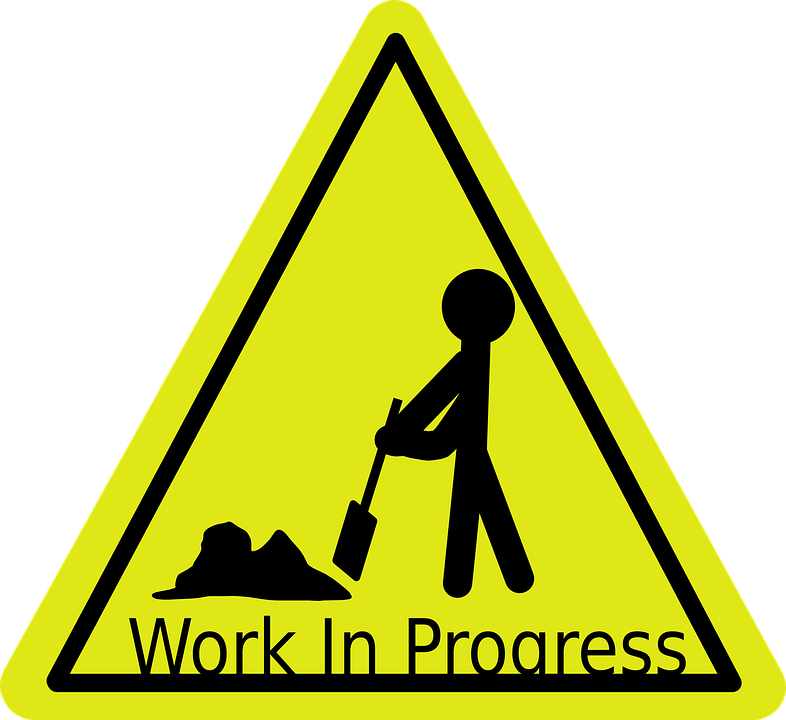












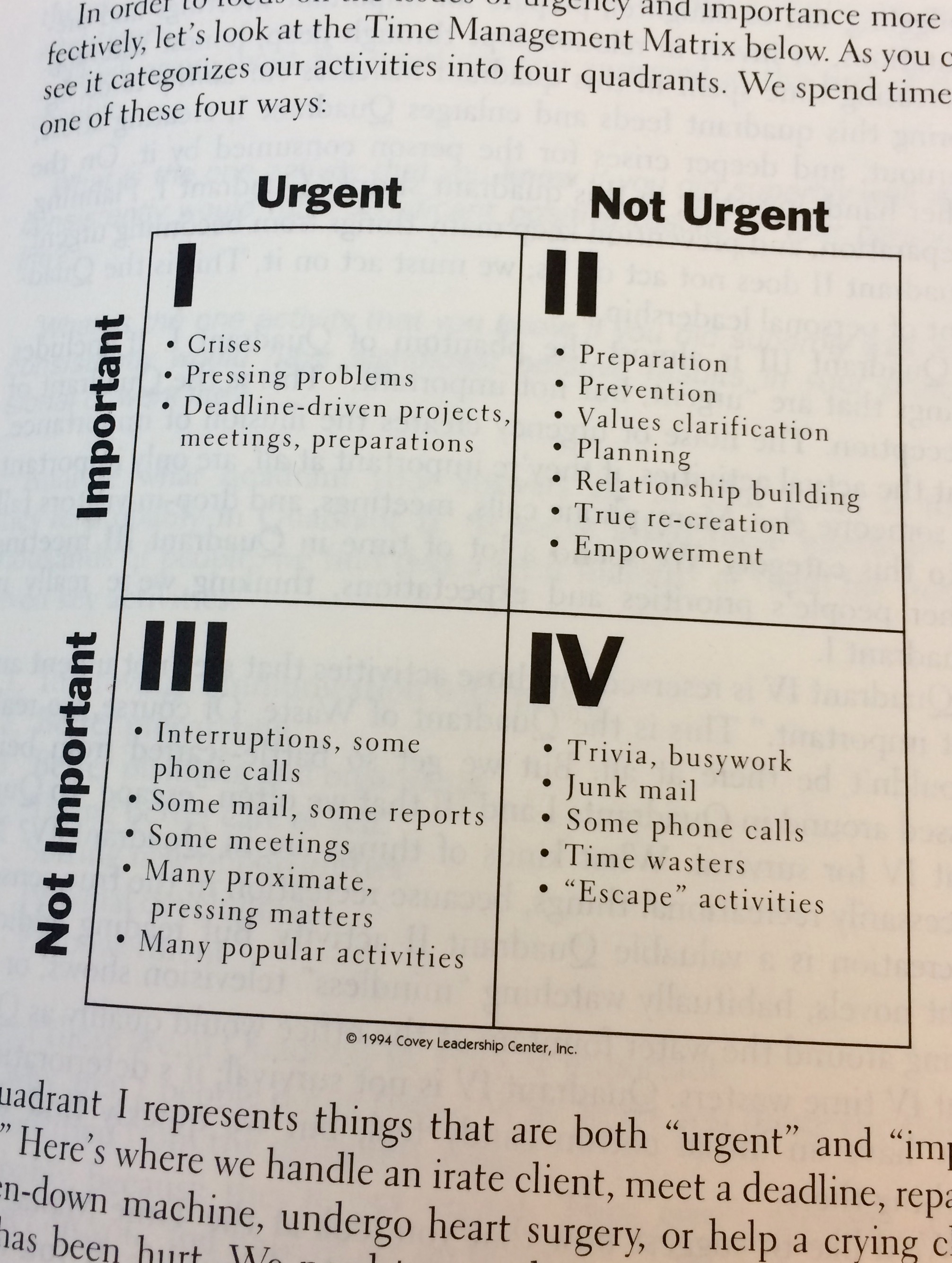



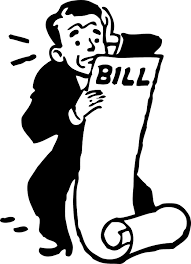
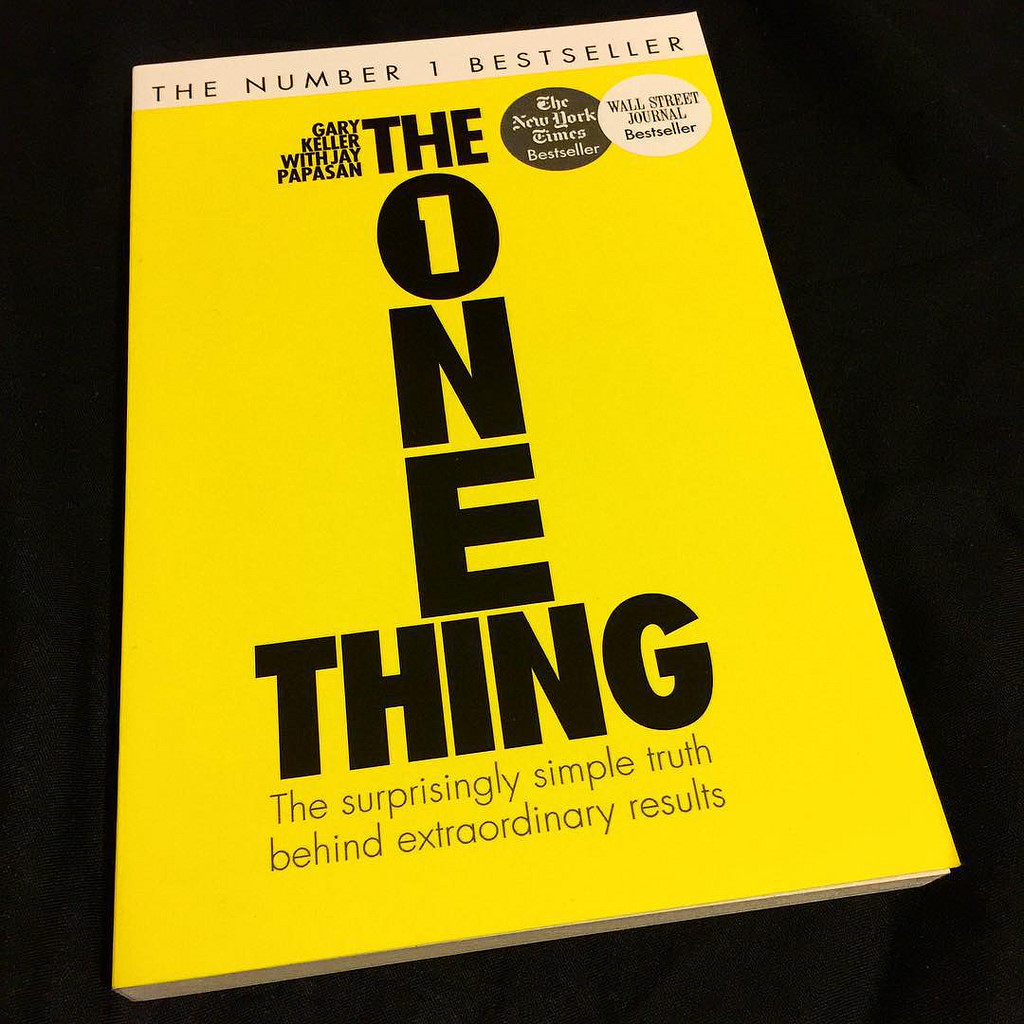

 Inventory and Price – I had to find something that was in my price range in the town I live. Some investors are comfortable managing properties from a distance starting out, but I want to be close initially thus limiting the areas I could invest. Based on what I could afford and the properties that met my goals, I settled on a Duplex as it was under $200k and in a C+ or B- Neighborhood that is up and coming. Yes there were nicer duplexes and other investment properties but they did not meet both my pricing criteria and location criteria.
Inventory and Price – I had to find something that was in my price range in the town I live. Some investors are comfortable managing properties from a distance starting out, but I want to be close initially thus limiting the areas I could invest. Based on what I could afford and the properties that met my goals, I settled on a Duplex as it was under $200k and in a C+ or B- Neighborhood that is up and coming. Yes there were nicer duplexes and other investment properties but they did not meet both my pricing criteria and location criteria. Financing – The last piece is that I am able to live in one side and rent out the other. This allows me to cut down my rental payments while still having my mortgage covered by the other tenant. I still have taxes, insurance, and maintenance to take care of but the majority of my expense is paid for and I’m building equity. Along with building equity, properties between 1-4 units are able to qualify for traditional bank financing meaning I am able to go through the same lending process as buying a regular single family home. Additionally, I am able to utilize FHA financing and put down only 3.5% versus 15% for a conventional duplex loan. Thus my cash to close is less and I am able to have more cash reserves in case of capital expenditures (like replacing a roof) or maintenance (like fixing a toilet).
Financing – The last piece is that I am able to live in one side and rent out the other. This allows me to cut down my rental payments while still having my mortgage covered by the other tenant. I still have taxes, insurance, and maintenance to take care of but the majority of my expense is paid for and I’m building equity. Along with building equity, properties between 1-4 units are able to qualify for traditional bank financing meaning I am able to go through the same lending process as buying a regular single family home. Additionally, I am able to utilize FHA financing and put down only 3.5% versus 15% for a conventional duplex loan. Thus my cash to close is less and I am able to have more cash reserves in case of capital expenditures (like replacing a roof) or maintenance (like fixing a toilet).
